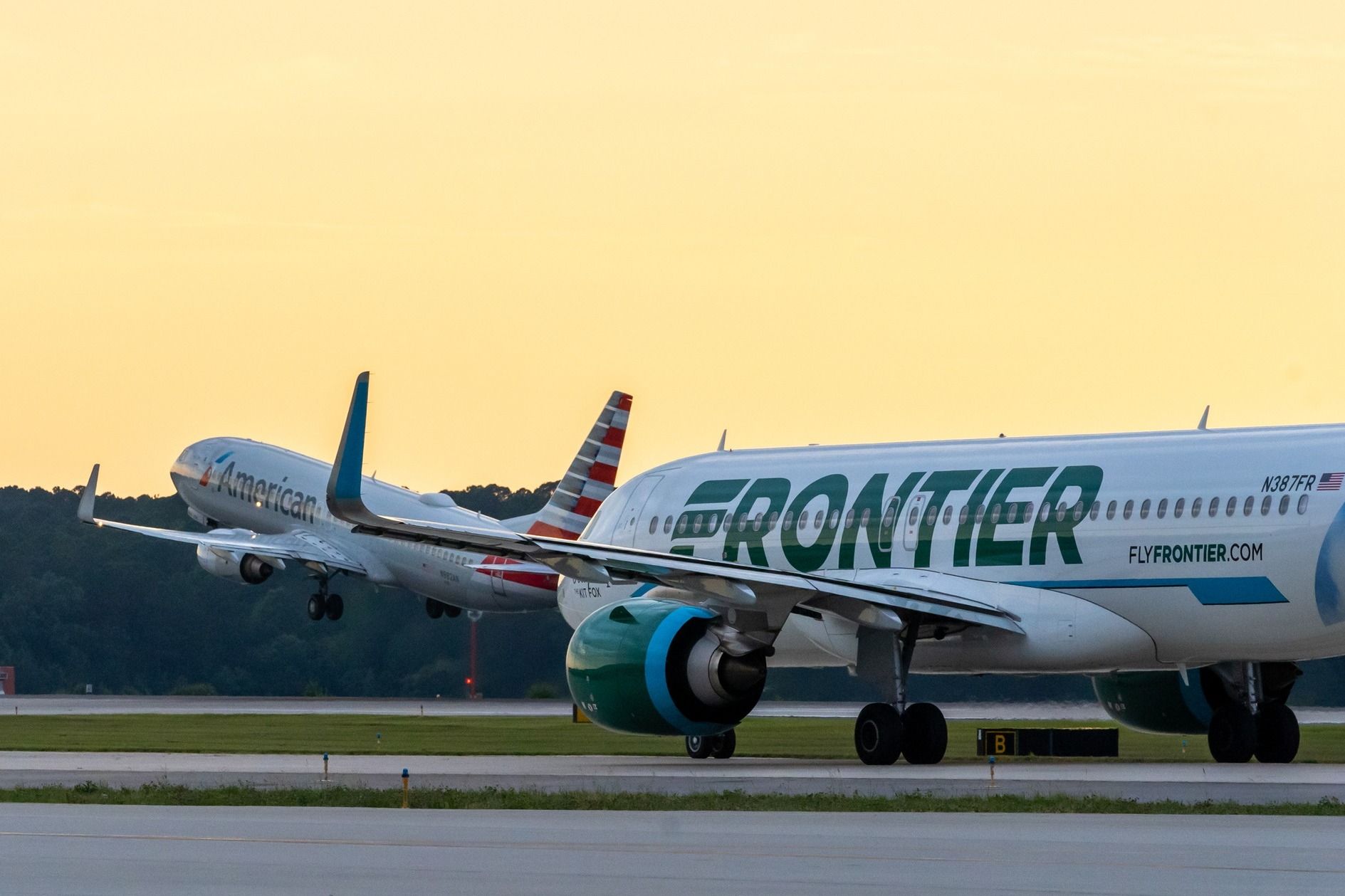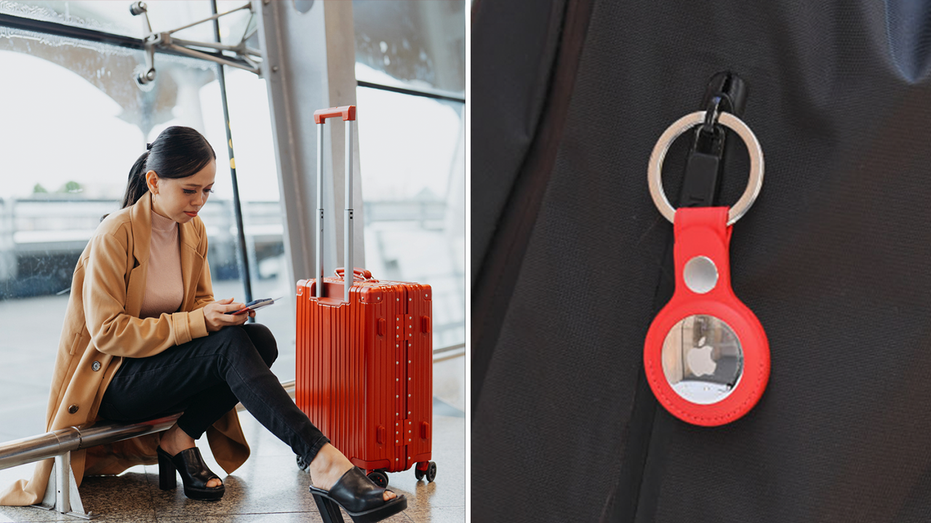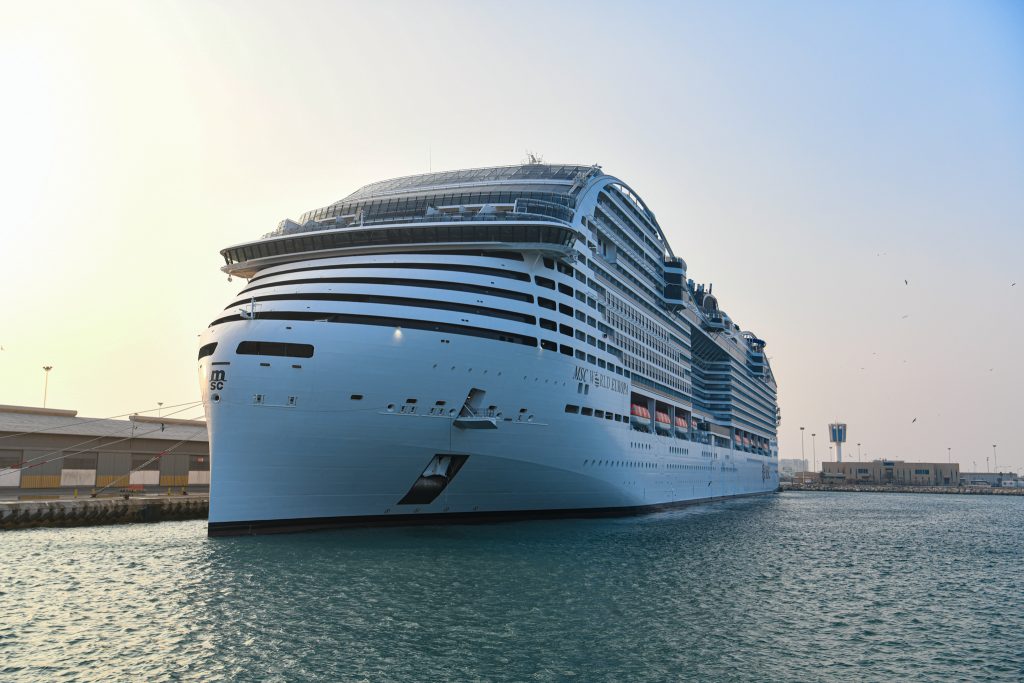Summary Fatalities from air travel have decreased steadily, with the chance of death dropping 7% annually. A recent study revealed that air travel safety varies globally, with some parts safer than others. Air travel remains the safest mode of transportation, with passengers 39 times safer now than during the 1960s and 70s.
Although there are a large number of aviation geeks who enjoy the thrill of flying , there is also a population crippled by the fear of air travel. It is likely that recent high-profile events have only instilled more worry among many. However, despite more than 1,000 near-miss incidents and a handful of unfortunate fatal crashes over the last few years, a new study argues that “flying keeps getting safer.
” Additionally, the International Air Transport Association (IATA) noted earlier this year that the industry has made “progress on safety,” naming 2023 as the safest year on record. The chance of fatalities “keeps dropping” According to a new study conducted by the Massachusetts Institute of Technology (MIT) , the risk of death from commercial air travel has improved greatly. Between 2018 and 2022, airline fatalities were one in every 13.
7 million passenger boardings, significantly improving from one per 7.9 million boardings recorded between 2008 and 2017. From 1968 to 1977, the fatality risk was a stunning one in every 350,000 boardings.
Air travel safety expert Arnold Barnett is an MIT professor and co-author of a new paper that outlines th.

















